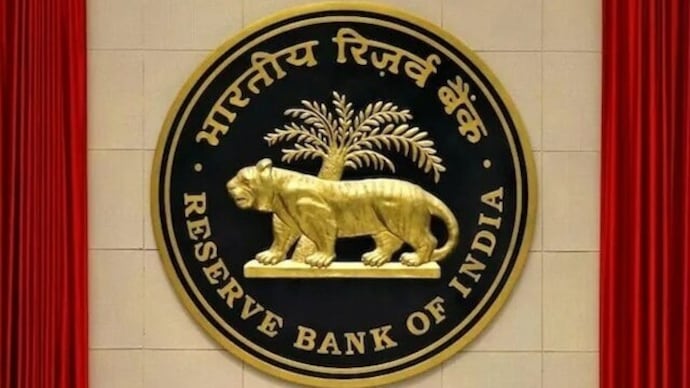
RBI Overhauls KYC Rules to Simplify Onboarding and Updates
The Reserve Bank of India has rolled out significant reforms to its Know Your Customer (KYC) framework, aiming to make the process more accessible, technology-friendly, and inclusive. The move is part of a broader initiative to modernise financial compliance without compromising on regulatory safeguards.
Multiple Onboarding Options
As per the revised guidelines announced on June 12, 2025, banks and financial institutions can now onboard customers through three modes: face-to-face in-person verification, non-face-to-face (NFTF) digital methods using Aadhaar OTP or DigiLocker, and video-based customer identification process (V-CIP). These options offer more flexibility, especially for new users or individuals in remote locations. The V-CIP method, already in use by many banks, is now officially deemed equivalent to physical presence under the same compliance framework.
Furthermore, for users whose communication address differs from their officially registered address, a simple self-declaration will now suffice—eliminating the need for separate address proof.
KYC Update Flexibility
In a major relief for customers, the RBI has allowed periodic KYC updates to be completed through digital channels, including internet banking, mobile apps, or even ATMs. Self-declarations of unchanged information or updated addresses can also be submitted via Business Correspondents (BCs), email, or in-person at any bank branch. Financial institutions are now mandated to use the Central KYC Registry (CKYCR) to fetch and auto-update information already stored in the centralised database.
This seamless integration across platforms is designed to minimise the burden on customers while enhancing data accuracy across the banking system.
Support for Low-Risk Customers
Recognising that many low-risk customers, particularly welfare beneficiaries and rural account holders, face challenges in periodic KYC compliance, the RBI has extended the deadline until June 30, 2026, or one year past their due date, whichever is later. During this period, banks are prohibited from disrupting operations due to KYC non-compliance. They are also required to send at least three reminders before and after the deadline and maintain a proper audit trail of these notifications.
This measure ensures continued access to financial services for vulnerable populations and prevents service denial due to procedural delays.
Driving Greater Inclusion
The reforms are structured to bridge the gap between compliance and convenience. RBI has encouraged banks to organise dedicated KYC camps in rural and semi-urban areas. These outreach initiatives, supported by Aadhaar-based authentication and DigiLocker integration, aim to expand formal banking access to the underserved.
Business Correspondents, often the first point of contact in remote areas, will now have greater authority to support both initial onboarding and ongoing KYC maintenance, further decentralising the compliance process.
Balancing Safety and Convenience
While easing processes for low-risk individuals, the RBI has maintained stringent checks for high-risk and non-face-to-face accounts. Video KYC procedures will continue to involve secure environments, audit logs, and trained personnel to ensure the authenticity of identification. This dual-layered approach balances regulatory diligence with ease of doing business.
With these updated guidelines, the RBI is laying the foundation for a modern, inclusive, and tech-enabled banking ecosystem—reducing friction for users while strengthening the integrity of customer data across the financial sector.


















